Microdermabrasion
To improve the overall texture and tone of the skin, use microdermabrasion, a minimally invasive process. As a result, it can lessen the look of melasma, age spots, acne scars, fine lines, wrinkles, sun damage, and other skin-related issues.
To revitalize the skin, gently sand away the skin’s thick outer layer with an abrasive surface with a specialized applicator.
In addition, an alternative kind of microdermabrasion uses a suction to squirt tiny sodium bicarbonate or aluminum oxide particles. Thus, this also helps to achieve the same results as an abrasive surface. Continue reading to find out more about the process.
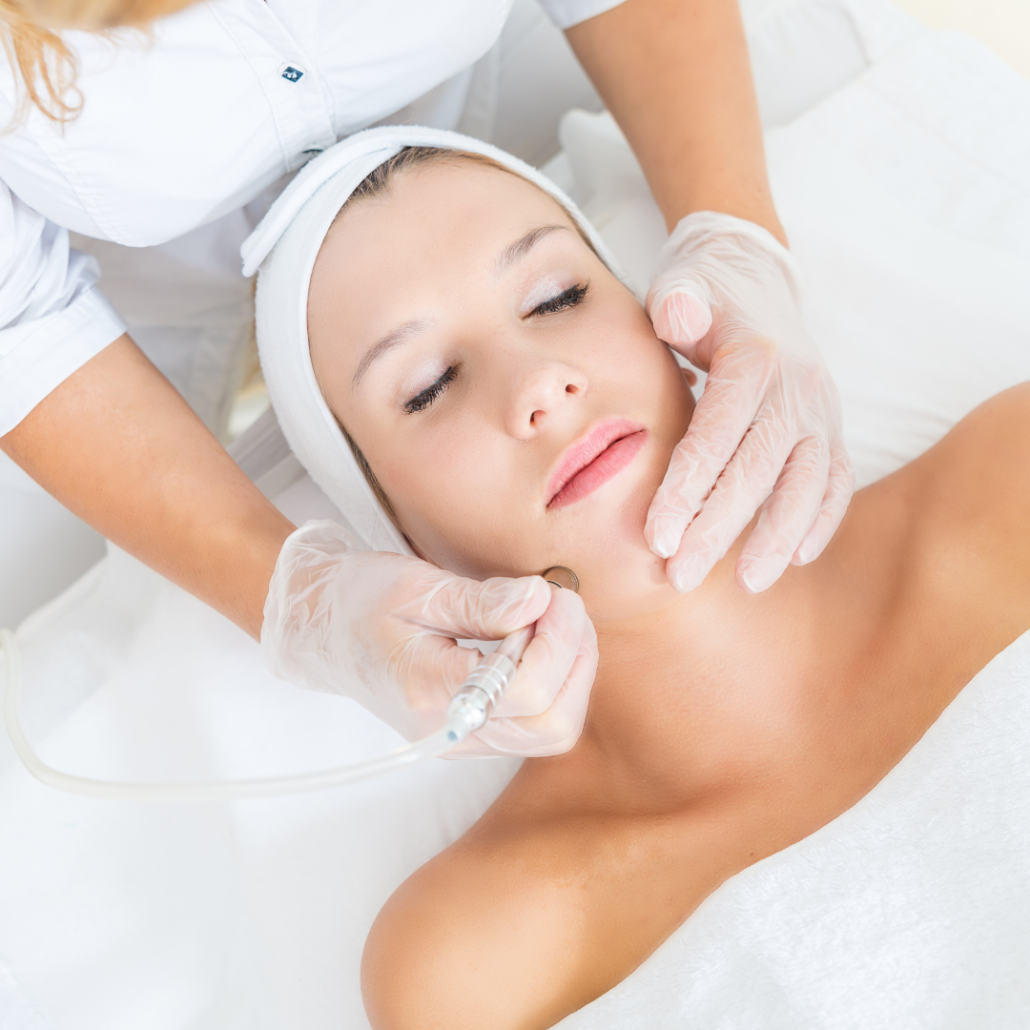
How does microdermabrasion work?
The in-office treatment of microdermabrasion typically lasts an hour. A certified skin care specialist normally carries it out, who may or may not be working under the direction of a medical expert. Depending on the state in which you reside.
For microdermabrasion, you do not require an anesthetic or a numbing agent.
You will have a recliner for your appointment chair. Thus, it is easier for your healthcare professional to apply the particles using a portable equipment or sand away the skin’s outer layer in the desired regions. Moisturizer and sunscreen will cover your skin after the procedure.
The Food and Drug Administration initially authorized microdermabrasion in 1996. Numerous microdermabrasion tools have been created since then. Depending on the particular device utilized, there are a few different ways to do the procedure:
Handpiece with a diamond tip
Gently exfoliate your skin’s dead cells may with a handpiece with a diamond tip. It will quickly suck them off at the same moment. The amount of force used on the handpiece and the amount of time the suction is left on the skin may have an impact on how deep the abrasion is. On delicate face regions, such as those around the eyes, your doctor will restrict the use of the microdermabrasion applicator .
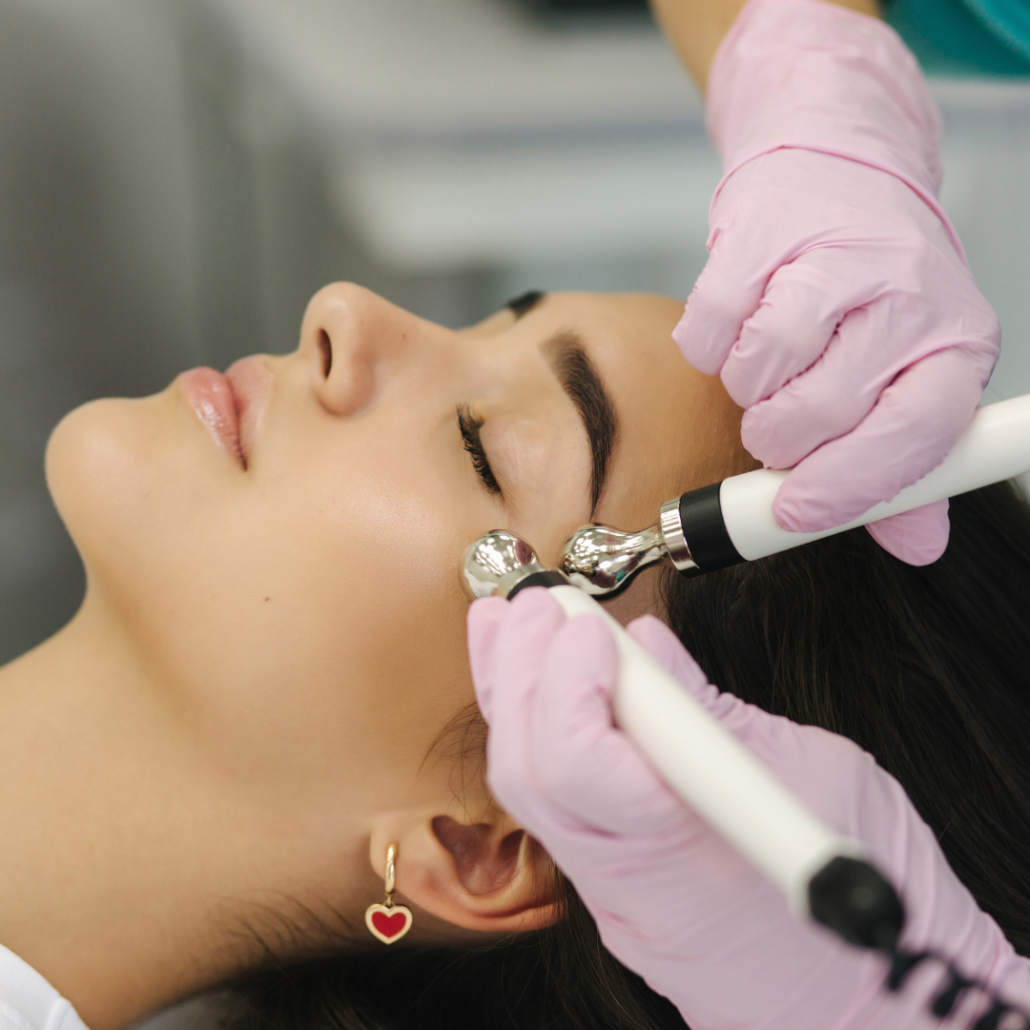
Crystal microdermabrasion
To remove the top layers of skin, lightly spray small crystals onto the skin using a handpiece that emits crystals. The diamond-tip handpiece, promptly suctions off dead skin cells. You can use either aluminum oxide or sodium bicarbonate as they are only two of the many crystal forms .
Hydradermabrasion
A more recent procedure is hydradermabrasion. It entails combining concurrent crystal-free exfoliation and product injection into the skin. The procedure is said to increase blood flow to your skin and boost collagen formation.
What to expect after microdermabrasion?
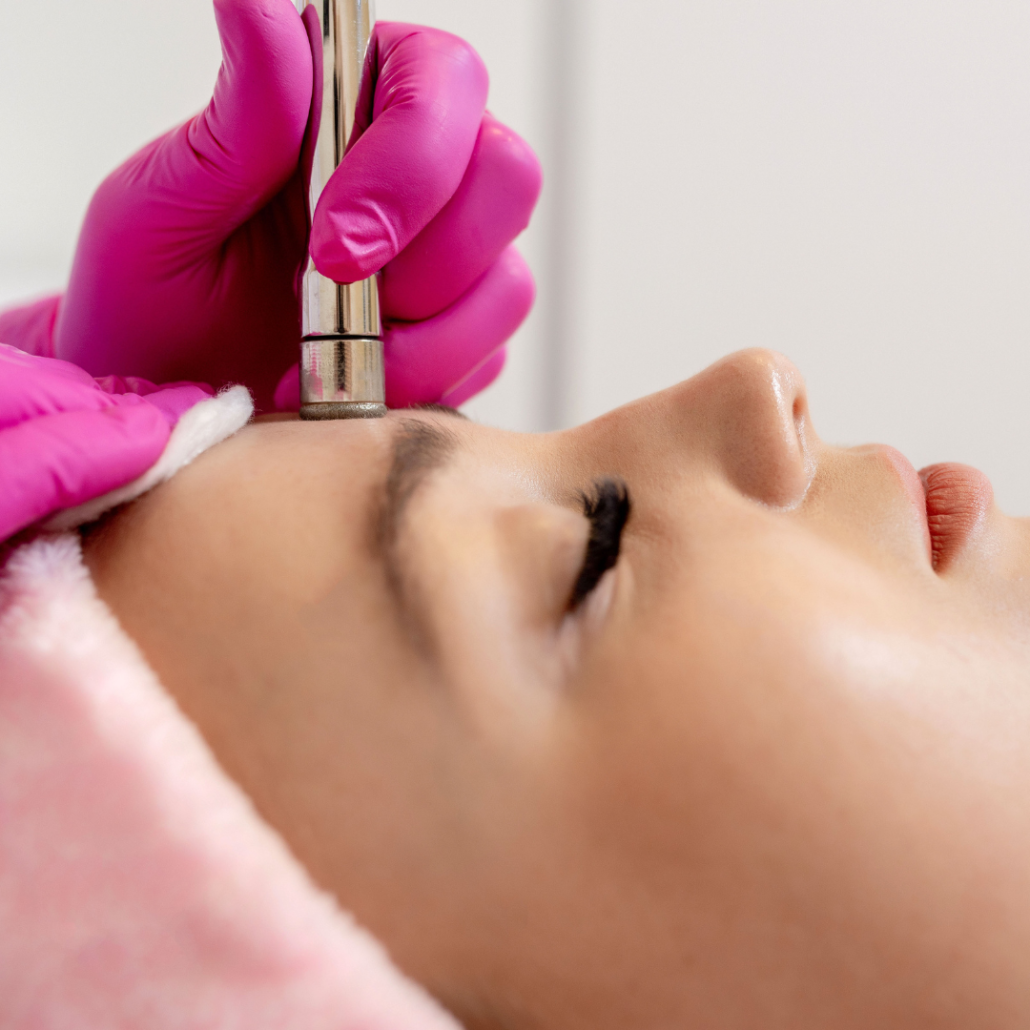
The downtime following microdermabrasion is minimal to nonexistent. You should be able to get back to your regular schedule right away. Use moderate skin care products and keep your skin nourished. After treatment, refrain from utilizing topical acne treatments for at least one day. It’s crucial to use sunscreen to protect your skin. In the initial weeks following the treatment, your skin may be more sensitive to the sun.
After the surgery, you should instantly notice a difference. The severity of your skin issues and your expectations will determine how many microdermabrasion treatments you require. Your healthcare practitioner will most likely design a timetable for the initial number of sessions as well as regular maintenance treatments.
For more information, please visit us at Travocure.

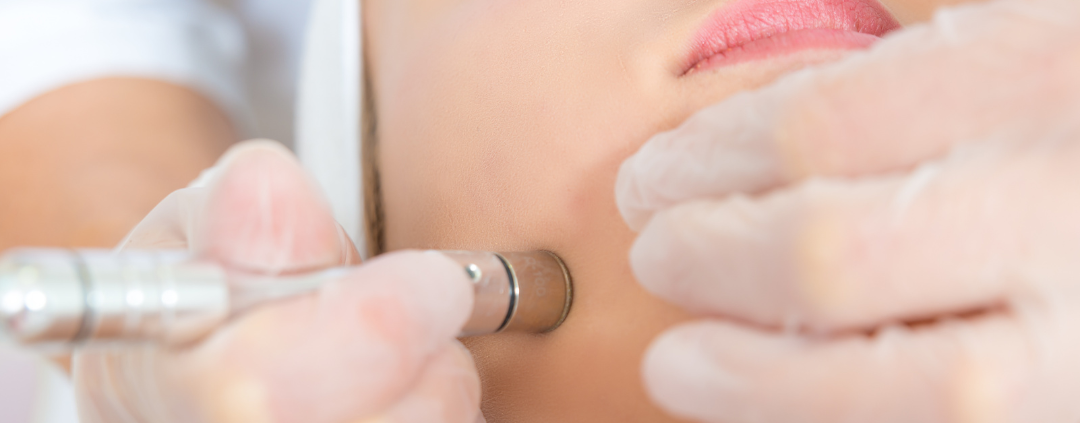

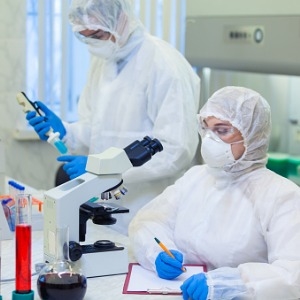
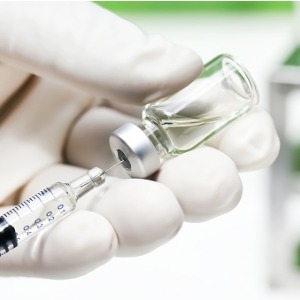


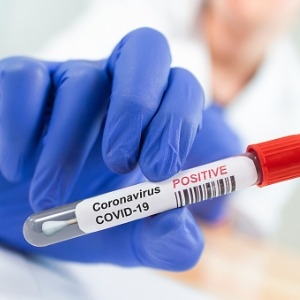








Leave a Reply
Want to join the discussion?Feel free to contribute!